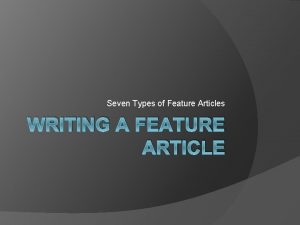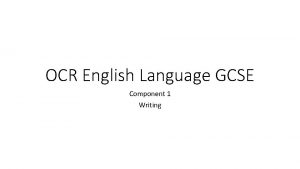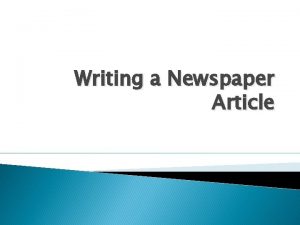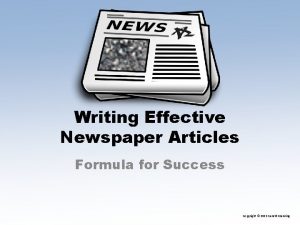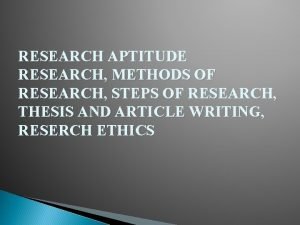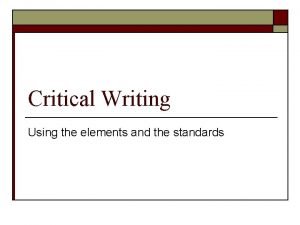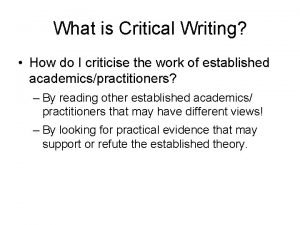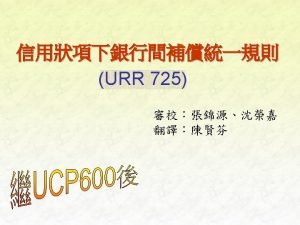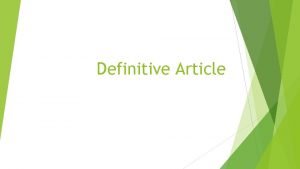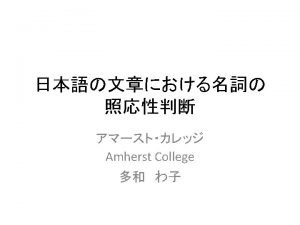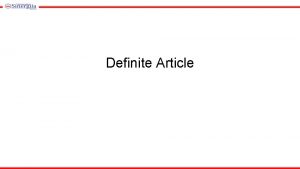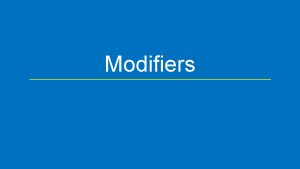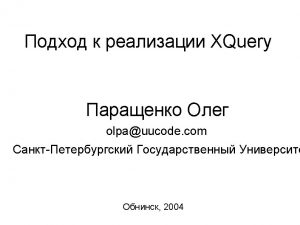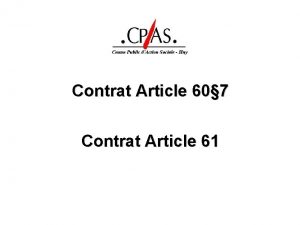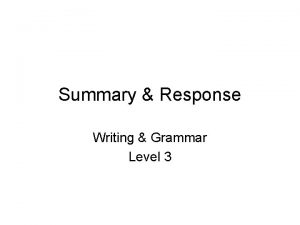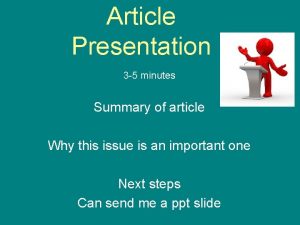Writing a Critical Summary of an Article or












- Slides: 12

Writing a Critical Summary of an Article or Paper

What is a critical summary? • A critical summary is a concise review of an article or paper that combines a summary and a critical comment. • Writing a critical summary involves analysis and evaluation. You need to • • understand the main points in an article/paper analyze the findings or argument of the article/paper decide the appropriate criteria by which to evaluate the article/paper provide a critical evaluation of the article/paper based on the criteria selected

What steps should you take in critically summarizing an article? • Allow enough time • Plan to spend at least one half the time you devote to this assignment to reading and understanding the material. • You have to understand it. • Does the article make sense to you in lay terms (could you explain this to someone who knows nothing about the topic? ) • When you can clearly explain the material in your own words, you are ready to write about it.

Scan the material • Read the headings or subheadings and note the overall organization of the paper. • Do the headings/subheadings make sense? • Why do you think the author organized the material in this way? • How do the headings and subheadings relate to the title of the paper?

Read the “Introduction” or “Abstract” and the “Discussion” or “Conclusion” sections • Read the first paragraph (or the section headed “Introduction” or “Abstract”). • Identify the reason for the article or paper. • Read the “Discussion” or “Conclusion” sections to identify how the author is interpreting the research findings. • Note how the author summarizes thesis presented in the body of the paper or what recommendations s/he makes based on the paper.

Read in detail • Once you’ve read the Introduction and Discussion or Conclusion sections. • Highlight or underline the main points and key phrases. • Write one‐sentence summaries for each of the main points on a separate sheet of paper. • Always note definitions, key words and technical terms. • Note any page numbers for direct quotes. • Keep direct quotes to a minimum and ensure they are copied exactly. • In your writing, quotes are used to support your argument, not to form the argument itself. • Expect not to fully understand the article the first time. You will have to read it more than once before you can talk about it in your own words.

Read analytically • Reading analytically involves identifying • • • the purpose, the main points, the methodology and findings or conclusions. In addition, analysis for a critical summary involves • Identifying unstated assumptions • steps in the argument that are not logical • any additional purposes of the article or paper that are not explicitly stated

Evaluate what you read • Evaluating the material means making judgments about the value (both positive and negative) of the article or paper against specific criteria. • Here is a list of generic criteria which may be useful; however, not all of them will be relevant for evaluating all materials: • • the timeliness of the material the degree to which the article or paper makes an original contribution the logic of the view put forward is the study sufficiently comprehensive and thorough? is anything important omitted in the research? the validity of the conclusions its value compared to that of other articles/papers on the topic the appropriateness of the material for the intended audience

How can I structure a critical summary? • A critical summary has an introduction, a body and a conclusion. • Before you begin writing your summary, make sure that you understand all the assignment directions including any specific guidelines about the assignment structure, number of words or pages, etc. • In the Introduction (1 paragraph of 3‐ 4 sentences), you should: • provide a context for the article or paper (background information or shared knowledge) • give the title of the article or paper, author, source, and, in the case of a magazine or journal article, the date of publication and the text • describe the purpose or main idea of the material in a one sentence statement that weaves together themes from the one‐sentence summaries you made while you read the material • give an indication of your overall impression of the article or paper in general terms

Writing the Body & Conclusion • In the Body (1‐ 2 paragraphs of 3‐ 4 sentences each), you should: • provide an analytical summary of the main findings/arguments/conclusions of the article or paper • discuss the strengths /usefulness of the material • discuss the weaknesses/limitations/problems with the material, especially for your purposes/context • In the Conclusion (1 paragraph of 3‐ 4 sentences), you should: • summarize what you have written in the Body • make a final judgment on the value of the article indicating the balance that you see existing between the strengths and limitations of the material • Comment on the future of the issue/topic or implications of the view expressed

Assignment objective • To summarize, paraphrase and synthesize information from 2 reading texts • PROPOSITIONAL FEATURE • (a) Clear topic sentence / purpose of writing • (b) Present a summary of relevant contents • (c) Present analyses and interpretations of relevant contents of texts • (d) Present synthesis of relevant contents of texts • (e) Proper attribution / citation to texts summarized

Organizational Feature (a) (b) (c) (d) Summarize main ideas from 2 sources Show relationship between contents from different texts Show logical connections between ideas Show correct interpretations of contents intended by the author(s) • DUE 9 OCT, SUNDAY SOFTCOPY ON SATURDAY 8 PM (8 OCT) FOR ME TO RUN THROUGH TURNITIN.
 Critical semi critical and non critical instruments
Critical semi critical and non critical instruments Semi-critical
Semi-critical Compare non-critical readers with critical readers.
Compare non-critical readers with critical readers. School magazine article
School magazine article Type of feature story
Type of feature story Gcse speech example
Gcse speech example Topics to write for school magazine
Topics to write for school magazine Headline
Headline Article writing formula
Article writing formula Article writing
Article writing Elements of critical writing
Elements of critical writing What is critical writing
What is critical writing Article x the teacher and business
Article x the teacher and business




